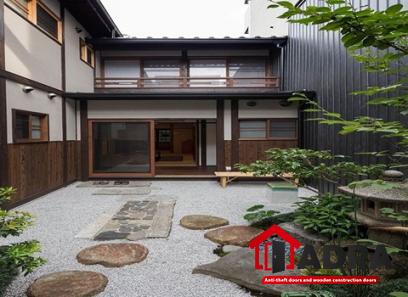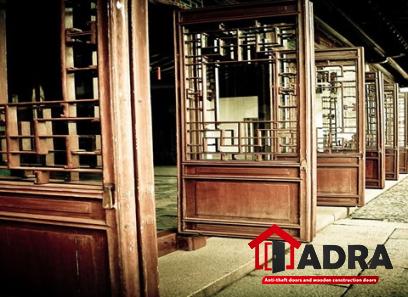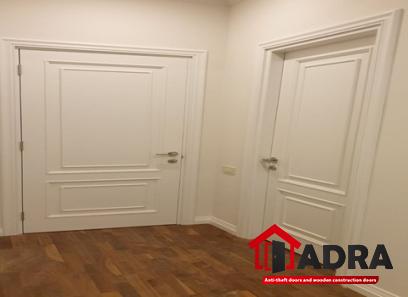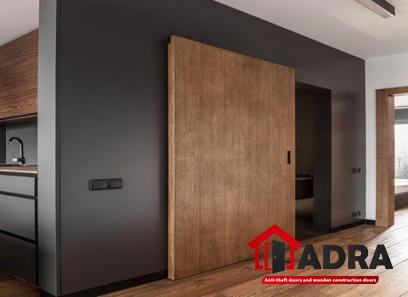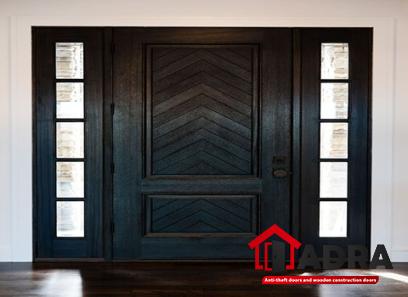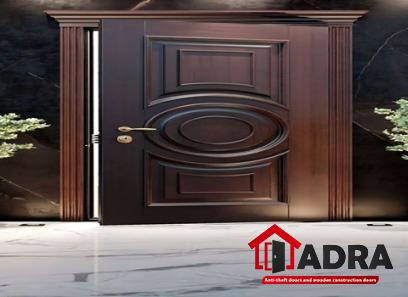6 plastic bollard covers gauge 16 | great price
If you have seen plastic bollard, then you have noticed that they are organized in 6 or 16 pcs in line
Plastic covers over gauge is another product that has been protecting our digit and analog gauges
In 1844, the Oxford English Dictionary was the first to use the term “bollard” to describe a post used to attach a marine vessel’s mooring line
The derivation is obscure, although it is likely derived from “bole,” which means tree trunk
Over time, the name has expanded to encompass traffic-guiding posts for pedestrians and vehicles
Although the term “bollard” is just 200 years old, these objects have existed for thousands of years
During the Roman Empire, carved stone posts were extensively used for anchoring in front of buildings and as mile markers along the sides of roadways
A buried cannon guards a turquoise structure that was once employed as an early decorative bollard
Some architectural bollard designs are influenced by cannon bollards from the 17th and 18th centuries
Frequently, bollards mirror or enhance the surrounding surroundings
In the seventeenth and eighteenth centuries, it was standard practice to repurpose decommissioned cannon barrels by partially burying them, and these installations have impacted a number of traditional forms
These cannon bollards were useful for mooring on wharves and for guiding traffic and protecting stonework inland
When a cannon was buried with the muzzle facing upward, a cannon ball that was too large was frequently employed to seal the cannon against water and debris, giving a unique rounded top
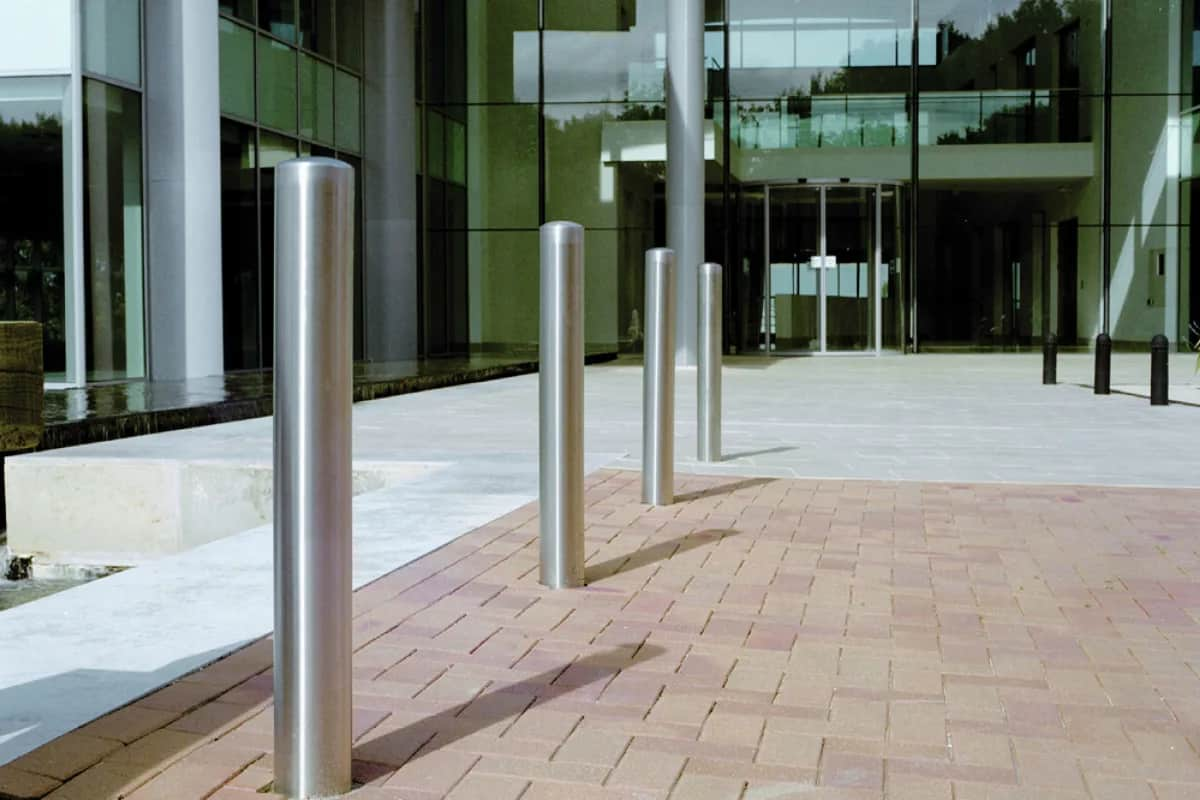
Bollard
6 plastic bollard covers
Bollard line of 6 can covers smaller gaps
Although bollards are still used on the wharf, the most majority of them are now used for traffic and safety
Because of their narrow streets and absence of curbs and yards, Amsterdam residents were early adopters of this strategy in the early 1800s
Property owners install beautiful cast iron pillars in front of their homes and businesses to protect them from carriage traffic
The city of Amsterdam ultimately put cast iron Amsterdammertje bollards to demarcate pedestrian areas
Despite the fact that most cities, including Amsterdam, now use curving roadways to separate traffic, bollards are still used in the modern cityscape to divide various districts
The installation and design of these posts have developed to meet the change as vehicles have become heavier and more powerful than early carriages
On one side of the equation, there are bollards that can be hit without inflicting damage to the car or the post
Security bollards on the other side are intended to protect pedestrian areas and structures by slowing or stopping vehicles that strike them
Vehicle attacks in public spaces have heightened interest in impact-resistant site protection
Bollards designed to withstand multiple rounds of car assault are occasionally installed in government sites
A bollard is a short post that is used to create an architectural or protective barrier
They direct traffic and demarcate borders when used as a visual guide
They are available in a wide range of forms and styles as architectural components to accentuate or visually distinguish their surroundings
Furthermore, bollards can be built to physically block vehicle intrusion, thereby protecting persons and property
These security posts may have decorative elements or be chosen to complement the landscape, but impact resistance is their first priority
Bollards can be formed of practically any material, depending on their function, although the most popular are stone, black metal, cement, and plastic
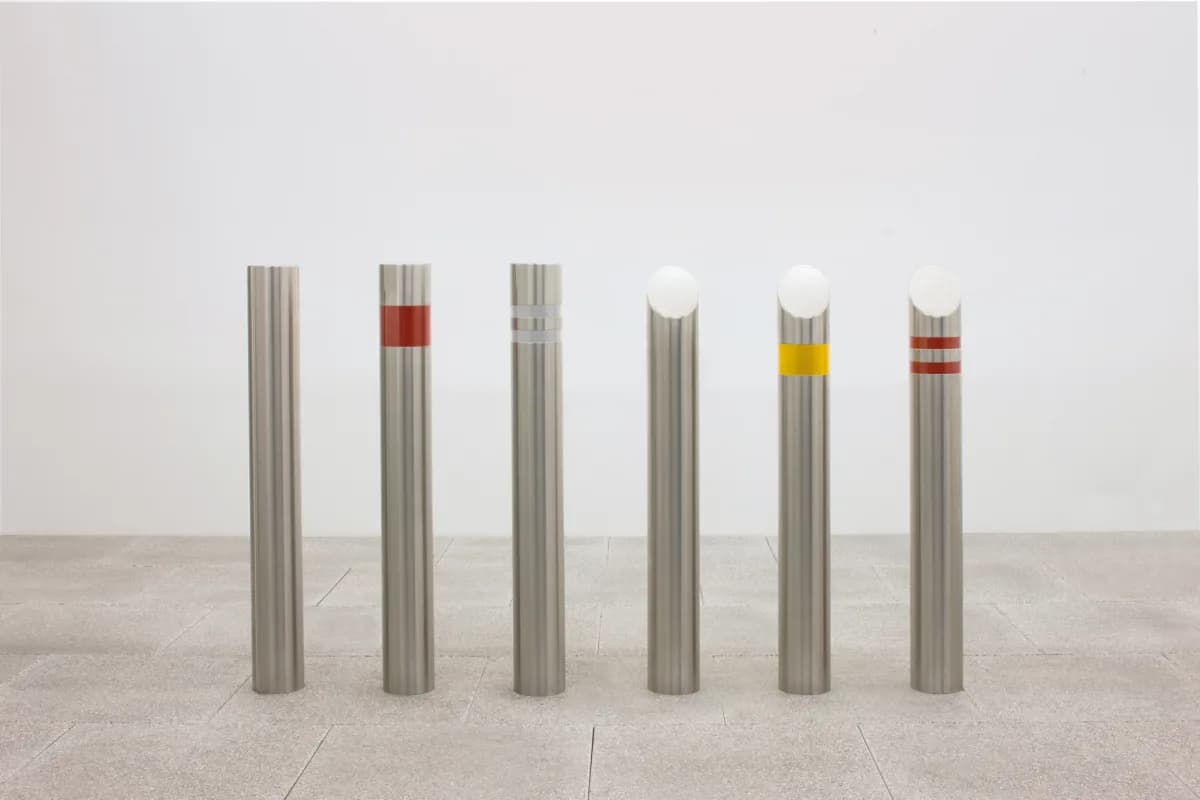
Bollard plastic covers gauge
Plastic cover gauge 16
The 16 bollard lines are being used to cover bigger gaps
In order to keep the analog and digital indicators on gauge from damages and hazards, special plastic covers have been designed
Bollards are used to steer automobiles to the appropriate zones while maintaining clear sight lines and permitting pedestrian access
This can be accomplished by strategically placing bollards throughout the area
They achieve this purpose by either clearly demarcating the numerous traffic lanes on the street or by preventing access to areas that are not permitted to be accessible, such as traffic islands, bike lanes, and public spaces
They can be erected on roadways without curbs to prevent vehicles from deviating off the route where there are no curbs
They are frequently used in conjunction with other types of traffic slowing, such as speed humps or one-way streets, to dissuade vehicles from attempting to avoid other components of traffic management
Architectural bollards, such as these examples, are typically put in public areas with considerable foot traffic
Bollards for pedestrians Delineating distinct pedestrian zones with attractive bollards is something that is done in a variety of landscapes and on a variety of properties
It’s possible that a line of them around the outside of a structure might add a fascinating touch to its construction
A perimeter can be built around a playground or park to allow simple access but discouraging people from using the area as a throughway
This is because the border will provide easy access
When bollards are linked by chain, they can urge people to stay on specific paths; nevertheless, this does not result in the formation of a closed barrier that prohibits all crossings
Variants that are illuminated at night provide illumination for pedestrian routes at night
Solar-powered lighting is quickly becoming the most common type of lighting bollard since each unit may run independently with minimal maintenance
As a result, solar-powered lighting is an excellent solution for outdoor lighting bollards
The gallery we’ve provided shows visual depictions of the various varieties of landscape bollards available
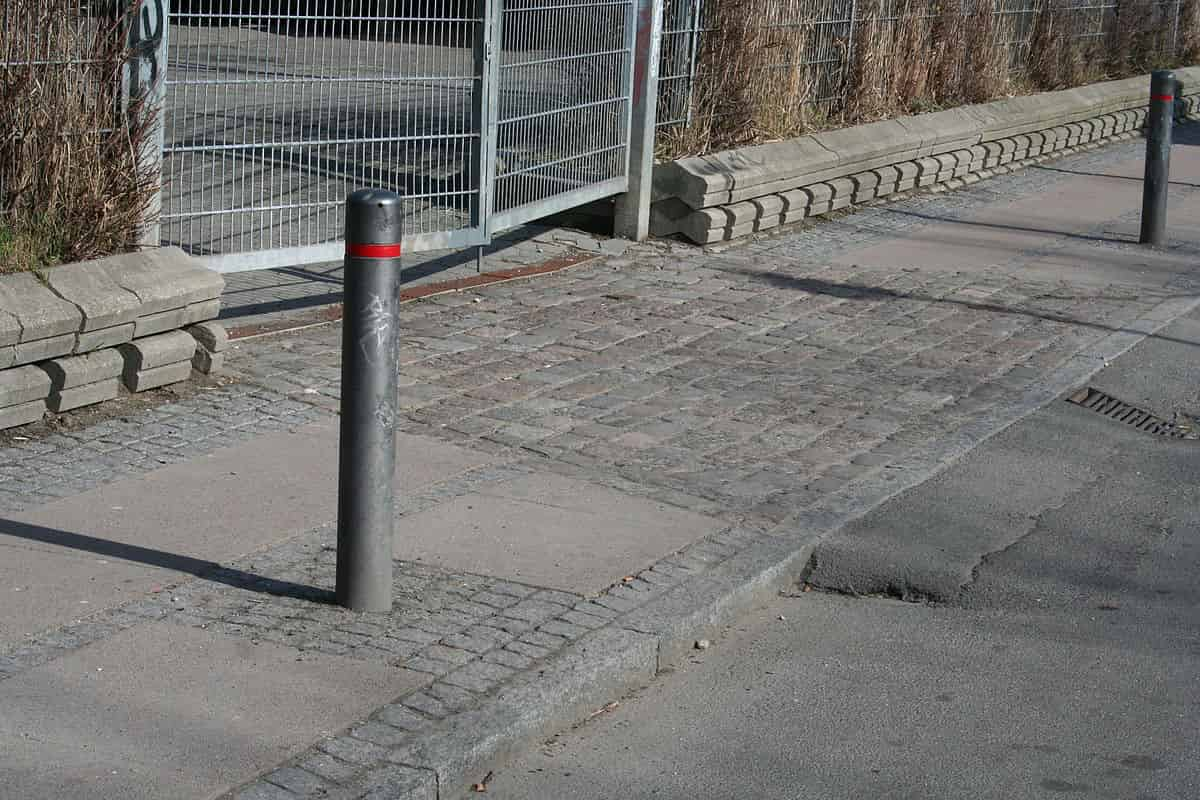
Plastic joist covers
The use of recycled plastic joist cover in your project has a number of advantages, including the fact that it is both functional and kind to the natural world
Products made from recycled plastic lumber purchased from us are extremely long-lasting, resistant to rot, and require little upkeep
Plastic joist, in contrast to traditional timber, lasts significantly longer, does not split or splinter, and does not require frequent treatment (such as sanding, staining, or sealing)
As a result, plastic joist results in significant lifetime cost savings by reducing the amount of money spent on maintenance and replacement
Plastic joist is also exceptionally adaptable, as it may be used in a significantly wider variety of settings than wood can
Because it is waterproof, it can even be constructed directly into the ground without any further protection
Because of this, it is the material of choice for locations that are prone to flooding or water that stands still
Structural bollards On roadway construction sites, temporary posts are frequently installed to demarcate and secure the work zone
Typically, these delimiters are made of bendable, brightly colored plastic with a reflective tape ring and sit on detachable rubber bases
They are often closely placed to provide an uninterrupted optical edge to incoming cars
Bike lane separation Separated bike lanes offer cyclists safety and reduce driving anxiety
They increase the number of bikers on the road
However, fragile delineators are frequently torn off by vehicles, leaving riders unprotected
Emergency vehicles may not be able to reach the curb due to impassable barriers
Tough polyurethane flexible bollards are a superior choice
Consider the alternatives for massive flexible bollards in bike lanes (as well as parking lots and lane delimiters)
Protection bollards In addition to serving as visual aids for people and vehicles, security bollards are constructed to withstand vehicle impact
These are typically constructed from stainless steel and filled with concrete, but they can be adorned with a fine finish or a cover
In general, the local substratum and installation are crucial components of impact resistance; a sturdy bollard that has been improperly installed will give little resistance
Therefore, engineering oversight is needed
Different applications have varying impact resistance requirements
Investigate security options

Outlet plastic covers
Reliable plastic socket covers can protect your infant at home by preventing electrical risks
We examined the outlet covers for hours, assessing their simplicity of installation, efficiency, and durability
The Safety 1st Outlet Cover, our first option, inhibits access to the outlet, has an incorporated shortener, and is child-safe
There are numerous excellent outlet covers
The Safety 1st outlet cover, on the other hand, has a unique collection of characteristics that make it one of the best bargains
The box cover is made up of two parts: a low-profile wall plate and a large cover
The wall plate frames the socket, and the lid is attached to the wall plate, keeping the socket out of reach and sight
The lid can be simply removed thanks to creative design decisions, even if it is difficult for tiny toddlers to remove
(On both sides of the cover, press and pull the button
) There is no turning back now
The first Safety Grip Cover is large
However, the volume of shop coverage is an advantage rather than a drawback in general
For starters, the socket cover can conceal the socket even when something is plugged into it
The underside of the lid has two little openings
It can carry a big amount of code
This implies that youngsters can be safeguarded without having to turn off the power
The socket cover also features two huge brackets that can accommodate cables up to four feet long
(All you have to do is wrap the additional cord around the bracket and close the socket cover
) This distinguishing feature distinguishes the Safety 1st socket cover from the competition, allowing you to secure your house in two ways at the same time
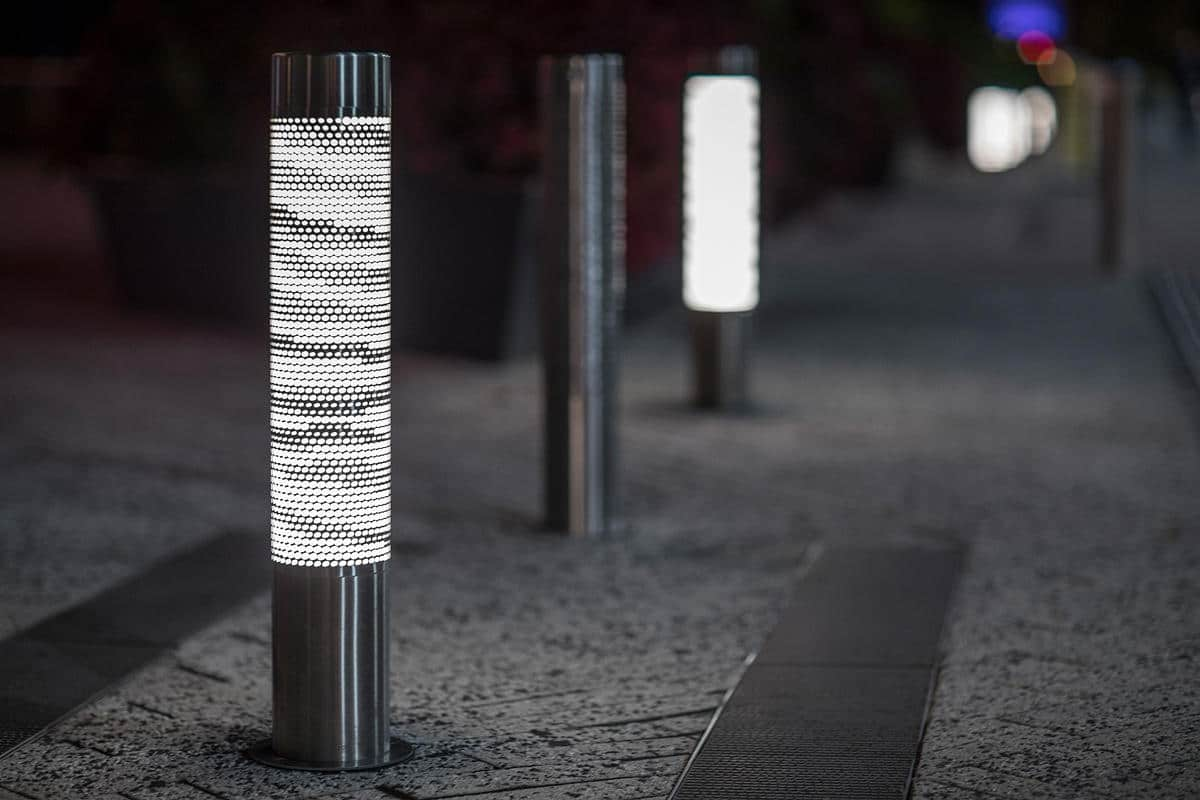
White plastic 4×4 post covers
Plastic Bollards post covers are short vertical poles that are used to safeguard pedestrians and property from car collisions
They are typically found in (white 4×4) commercial or retail settings such as banks, schools, and hospitals
In parking lots or industrial work zones, bollards can also serve as visual indications or borders
Bollards are composed of various materials, painted in various colors, and designed to work in various settings
The right bollard is determined by where it will be used and what it will do
Bollard posts can be found both externally and internally
External bollards are commonly employed as a physical barrier to protect persons, facilities, or assets from vehicle impact, but they can also be utilized as a visual signal
If the primary aim of outdoor bollards is protection, they are frequently made of materials that can withstand impact, such as concrete or steel
Internal bollards are commonly found in warehouses, storage facilities, and parking lots
Its primary role is to direct traffic flow by acting as a visual signal or perimeter delimiter
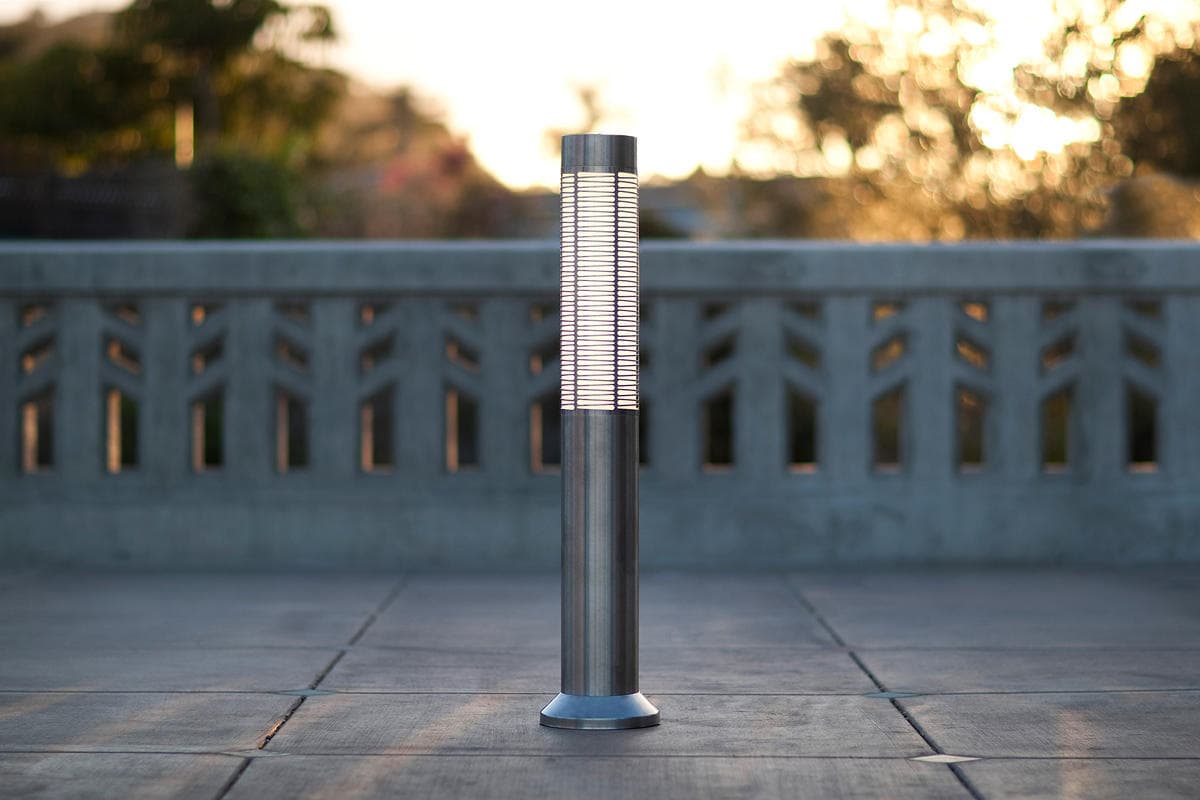
Plastic or high-density polyethylene is commonly used to make internal bollards
Color is another key thing to consider while shopping for bollards
The first advantage of color selections is that you may match your post cover to the color of your brand, which helps businesses strengthen their brand
However, because some hues, such as yellow, blue, or red, are intended to be extremely visible, bollards can also be used as visual indications to aid in traffic direction or surrounding boundaries
Other colors, such as black, are intended particularly for bollards that serve merely as a physical barrier
Although a bollard’s primary duty is to provide physical protection, the high visibility hue allows the bollard to serve as both a barrier and a visual signal
We produce all types of plastic covers so if you are interested, contact us

